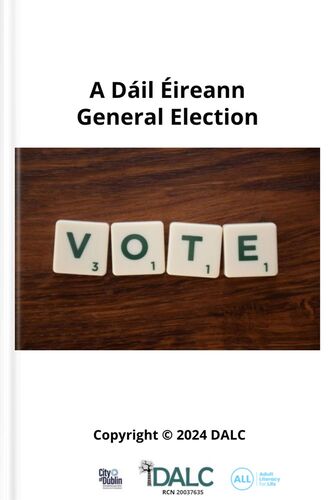A general election is a vote by the people of Ireland to decide who will represent them in Dáil Éireann.
How long does the Dáil last?
The Dáil can sit for a maximum of 5 years. This means that there must be a general election at least every 5 years. There is no minimum period for the duration of the Dáil.
What is the deadline for a General Election?
The Taoiseach can ask the President to dissolve the Dáil at any point during the Government’s five-year term.
How is a General Election called?
The responsibility for calling a General Election lies with the Taoiseach.
To call a General Election, the Taoiseach must go to Áras an Uachtaráin and ask the President to dissolve the current Dáil.
A new Dáil cannot be elected until the previous Dáil has been dissolved.
After the Taoiseach travels to the Áras, the President will then, generally, dissolve the Dáil upon the Taoiseach’s request. While the President may, at his discretion, refuse to dissolve the Dáil, no president has ever formally refused to do so.
The President can only refuse to do this if the government does not have the support of the majority in the Dáil.
When is a General Election held?
Once the President has dissolved the Dáil, a General Election must be held within 30 days.
A Polling Day Order is then set by the Minister for Housing, Local Government and Heritage to set the date of the election and opening hours for polling stations.
When can campaigning start?
Once the date of the General Election has been set, campaigning can begin immediately.
Election candidates will call door to door, send out leaflets, issue party broadcasts and begin putting up posters.
Posters can be put up 30 days before the polling date or from the date of the Polling Day Order, whichever is the shorter period.
Posters must be removed within seven days after the polling date.
Further Information:



